Tomatis®
All About Tomatis. ®
The Tomatis® method, named for Dr. Alfred Tomatis, is an auditory program which uses sound and hearing to develop the brain. The human brain is “plastic”, which means that it has the ability to change itself over time. Practically, this means that if a child has learned something improperly, they don’t have to be stuck with that “defective” knowledge forever. Through the Tomatis® Method, they can relearn information in the correct way.

Dr. Alfred Tomatis


Children using tomatis.

Research shows that our brain processes 80% of external stimuli through the ear in the form of sound waves. In order for our brain to process things and develop correctly, we have to be able to hear sounds correctly. In fact, science shows that our voices can only produce the sounds which our ears can hear. If someone can’t properly hear sounds, their speech and many other areas (motor skills, language, memory, attention and emotions) will be deficient.
The Tomatis® method is an educational program which develops listening skills. Doing so requires both time and skill, and is facilitated by professionals trained in the Tomatis® method. The program can be tailored and adapted to individual cases, based on each client’s profile. Each client’s individual needs are determined by a listening test before starting the program.
Because of brain plasticity, every time the ear hears a new sound properly, it creates new neural pathways, training the brain to hear and listen properly across the board. When someone gains the ability to listen, the areas in which they were deficient will gain the ability to improve.
The Tomatis® method can benefit a child with many issues including:
ADHD
Depression
Stress
Behavioral Issues
Learning Difficulties
Communication Difficulties
Speech Delays
Sensory integration
What is the difference between hearing and listening?
Hearing is a passive biological, physiological ability that humans have.
Listening is an active physiological and psychological choice. One must possess many skills in order to listen properly. These include:
- The possibility to select a sound or information.
- The ability to target a sound and stay focused on the information.
- Readiness to receive information physically, psychically and emotionally.
- Interested in the information.
- Having a sufficient attention span.
Someone lacking any of these skills can attain them by training the brain. The more you practice listening, the more you stimulate, and the more you strengthen neural connections.
The ears are referred to as “sensory gates” to the brain. They receive and sends information to different structures in the brain, which are involved in motor skills, language, memory, attention, and emotions.
We hear in 2 different ways:
Bone conduction– through the bones of the skull.
Air conduction– through the ear and the ear drum.

Music or voice tracks will be listened to during the Tomatis® method, on Tomatis® Infinite headphones, a special device that allows for both bone and air conduction. Bone conduction is generally the first way that we perceive sounds, and since it’s faster, it is what alerts a person to pay attention to sounds in their environment.
Being able to listen, means being able to adapt to constant changes in the environment. This is a threefold process that the brain carries out. 1. Detection- detect changes 2. Update– take changes into account and update memory, 3. Prediction– based on this update try to make predictions about what will happen next. When listening happens properly, these processes can be carried out without triggering any strong emotional distress, but if there’s something wrong with a child’s listening, it can cause many issues.
The Tomatis® method can benefit a child with many issues including:
- Learning difficulties
- Communication difficulties
- Behavioral issues
- Speech delays
- Sensory integration issues
- ADHD
- Depression
- Anxiety
- Stress
In order to make a customized music track to begin the healing process with the Tomatis® Effect, a listening test is performed. This test will determine what areas of the brain need improvement.
Once the client in diagnosed, they will be given the customized music tracks to listen to. The listening process happens on the following schedule:
Round 1:
- Listen to track for 14 days: 5 days/ 2 day break/ 5 days/ 2 day break/ 4 days
- Break for 4 weeks (During each one month break after listening periods, clients will continue to use the Tomatis Infinite Headphones, by using their own voice to stimulate and train the audio- vocal loop. Children can do this by reading aloud, singing, or talking.)
- Another assessment is done, and the track is tweaked according to the outcome.
- Goal– prepares the brain for what is coming
Round 2:
- Listen to track for 14 days: 5 days/ 2 day break/ 5 days/ 2 day break/ 4 days
- Break for 4 weeks
- Another assessment is done, and the track is tweaked according to the outcome.-
- Goal– Zoom into specific areas of the brain and rewire the neurons
Round 3:
- Listen to track for 14 days: 5 days/ 2 day break/ 5 days/ 2 day break/ 4 days
- Break for 4 weeks
- Another assessment is done, and the track is tweaked according to the outcome.
- Goal– close up and set client in the right direction
For more information about the Tomatis® method, visit: www.tomatis.com

CanAdvance is duly licensed by TOMATIS DEVELOPMENT S.A. which is the owner of TOMATIS, TOMATIS + LOGO, SOLISTEN, TALKSUP Trademarks www.tomatis.com
The TOMATIS® Method is an Education Program, and is considered neither a medical treatment nor a means to establish a medical diagnosis. The content of this website is for informational purposes only. It should be neither considered as nor substitute for medical advice.
